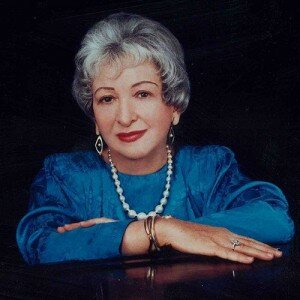The Taubman Approach is a groundbreaking analysis of the often invisible motions that function underneath a virtuoso piano technique. Dorothy Taubman uncovered core principles, and developed a new conceptual and pedagogical approach to developing a healthy and natural technique.
The Approach is based upon the following principles:
- Unity. The fundamental principle of the Taubman Approach maintains that the fingers, hand, and forearm must always operate as a synchronised unit, with each part doing what it does best.
- Mid-Range Motion. Tension increases as the extreme range of motion is approached. Movement in the mid-range of motion produces minimum fatigue and maximum accuracy. Therefore aim for to be produced in the mid-range of motion.
- Alignment. Correct alignment of the body parts in the finger, hand, and arm unit must aim to be maintained, allowing them to move within their mid-range of motion with greater frequency.
- Division of Labour. No single body part will perform all of the labour. Instead, labour will be divided between all the body parts that are able to perform a given action.
- Efficient Use of Equipment. The mechanism of the piano will be used within its limits of design and to its most productive effect with minimum muscular effort.
- Minimal Muscular Effort. Gravity becomes a more readily available tool when performing work under these conditions, thereby decreasing muscular effort. Gravity should be employed to reduce the subjective sense of physical effort in every action.
This is achieved through:
- Optimal seat height
- Optimal alignment
- Rotational and lateral arm motions
- In and out motions
- Shaping motions
- Sensible fingering
- and more!
The application of these principles helps to develop a free and coordinate technique which reduces and may eliminate altogether common causes of fatigue, discomfort, and limitation.
To get a sense of the approach in action, take a look at this Robert Durso masterclass with pianist Ben Laude. Enjoy!
You can also read this overview of the approach by master teacher Dr. Therese Milanovic.
Dorothy Taubman

Dorothy Taubman was an American music teacher, lecturer, and founder of the Taubman Institute of Piano. The Taubman Approach is the result of Dorothy Taubman’s lifelong study of virtuoso piano technique, alignment, and movement. She recognised that there were fundamental movements present in a free and virtuosic technique. She developed a new conceptual approach to understanding and teaching piano technique based on these fundamental skills. She found that her pedagogical approach could facilitate the development of more speed, security and freedom in her students’ playing.
She maintained that incoordinate piano technique played an important role in the physical problems often experienced by pianists and her approach helped many to develop more coordinate movements at the instrument assisting in the resolution of playing-related problems.
Edna Golandsky & The Golandsky Institute, New York
Edna Golandsky is a world-renowned piano pedagogue and the leading exponent of the Taubman Approach. She worked closely with Dorothy Taubman for many years. Director of the Golandksy Institute, New York, and she the foremost expert on the Taubman Approach in the world. She is also known for her extraordinary ability to solve technical problems and for her musical insight.
The Golandsky Institute was established in 2003 by Edna Golandsky, John Bloomfield, Robert Durso and Mary Moran to bring high-level training in the Taubman Approach to the musical community. The aim of the Institute is to provide musicians with a foundation that allows for full artistic expression and the development of virtuosic technical ability. They offer a rigorous training programme to become a qualified Taubman teacher.